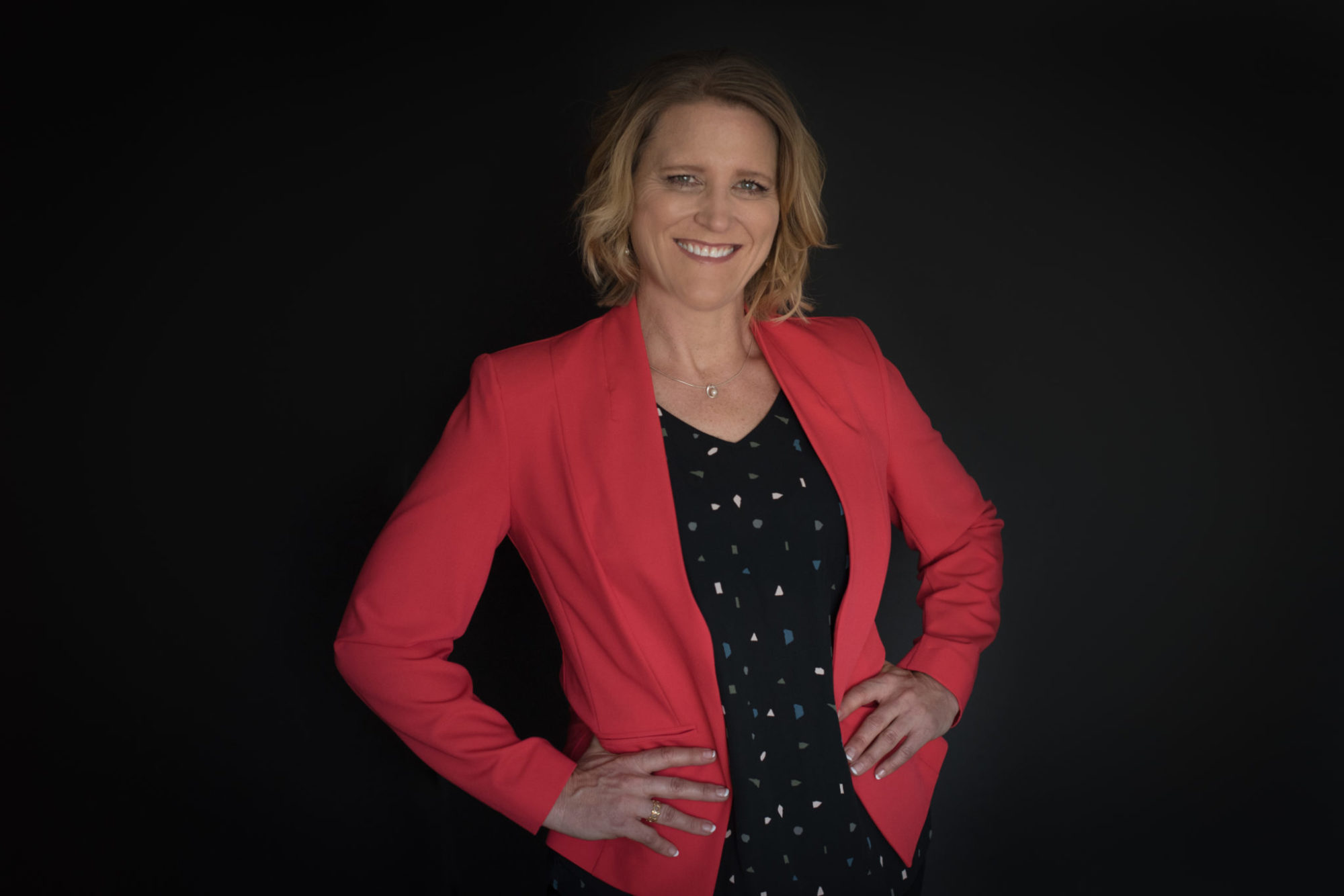Two ears and one mouth
There’s a saying about being a good listener — you have two ears and one mouth for a reason; listen twice as much as you talk. This is highly relevant in the sales game. In my experience, the average salesperson talks over 80 percent of the time while they’re selling!
People buy because they have a need (see Mistake 4). The only way for you to uncover their need, is to talk less and listen more. Talking too much is a sure way to lose the sale.
When you talk too much, you tend to swamp the customer with too much information. If you don’t know their need, what you’re saying is likely to be irrelevant anyway. People don’t buy what you have, they buy how it can help them. They buy the solution. So you need to find out what their challenges and pain points are so you can provide the right solution.
Most sales people who are ineffective, spend far too much time trying to persuade the customer. Instead of taking the time to understand the problem the customer is facing, they’re more interested in telling the customer how great their product or service is. Your customer is looking to solve a particular challenge. It’s your job to find out what that challenge is.
Whomever is talking is buying
There’s another saying in sales – whomever is talking is buying. When the customer is talking, they are buying. When you’re talking, all that’s happening is you’re buying your own jibber jabber.
A great strategy to help you talk less, is ask more open ended questions. These are questions which require a detailed answer and will encourage the customer to talk more. A closed question requires a one word answer, usually yes or no. An open ended question encourages a dialogue.
Today’s challenge is take note of how much you are talking compared to your customer. You can even have someone else listen in to a sales conversation and have them calculate the amount of time you are talking. Anything over 40 percent is too much!
Here are 20 open ended questions you can practice asking. Add your own. If you get stuck and you’re not sure what to say next, stick with this rule; ask another question.
- How can I help you today?
- What brings you in today?
- What made you contact me today?
- Can you tell me about what you’re hoping to achieve?
- What features are most important to you?
- Can you help me understand what you’re look for?
- What’s your biggest frustration right now?
- Can you tell me more about….?
- What is your previous experience with ….?
- What has worked for you in the past?
- What has not worked for you in the past?
- What don’t you like about your current service?
- What would be the best outcome I could help you achieve?
- What’s the biggest obstacle preventing you from reaching your goal?
- What would prevent you from choosing xyz solution?
- What will make this meeting successful for you?
- What are the restrictions on this project for you?
- Could you explain what the most important thing is you’re trying to achieve today?
- What is the one most important thing you’re looking for?
- How would you feel if I could help you achieve ….?

